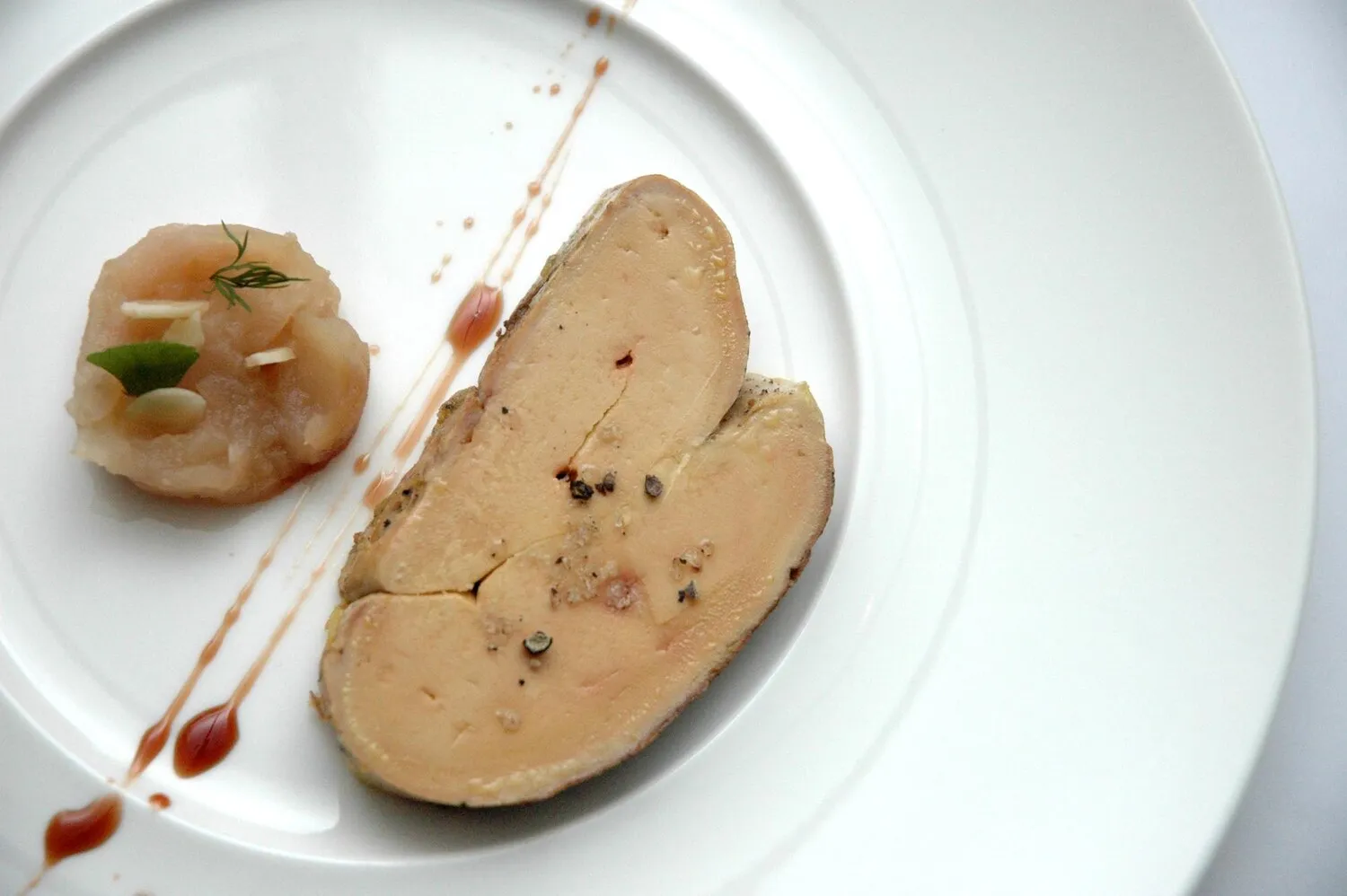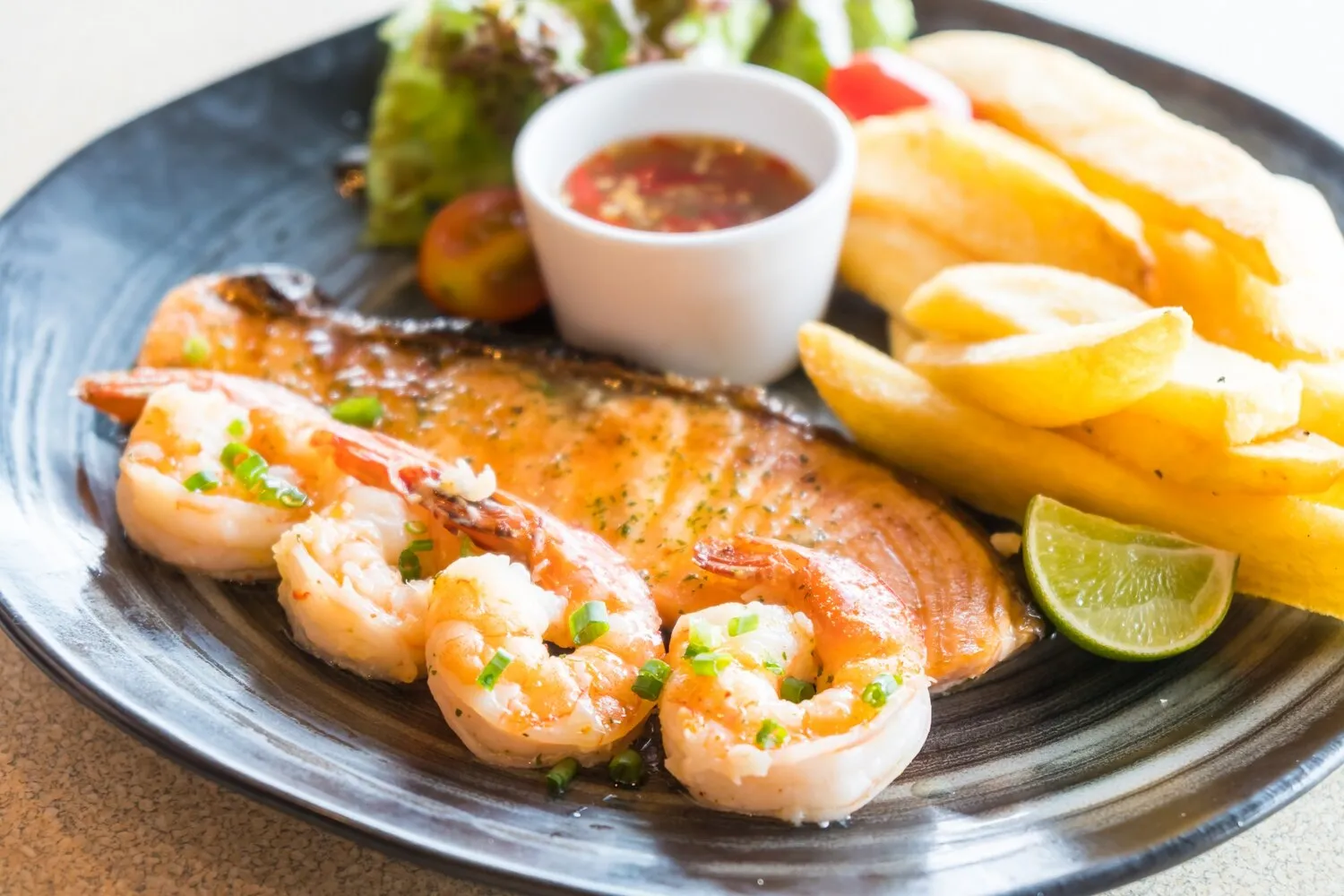
Ris de Veau
Several reviews mention the Ris de Veau (veal sweetbreads) as a particularly delicious and well-prepared dish. This is a frequently mentioned dish in positive context.
Nutrition Facts
* The % Daily Value (DV) tells you how much a nutrient in a serving of food contributes to a daily diet. 2,000 calories a day is used for general nutrition advice.
Sweetbreads, considered a delicacy, have been consumed since antiquity, but their refined preparation and integration into haute cuisine are firmly rooted in French culinary history. Offal dishes were often part of frugal cooking practices, making use of all parts of the animal. As French cuisine evolved, these cuts were elevated through sophisticated techniques.
Ris de Veau is a dish often associated with fine dining and special occasions in French cuisine, reflecting a tradition of appreciating and elevating often overlooked ingredients.
French Gastronomy
Sweetbreads hold a significant place in French gastronomic history, showcasing the French culinary tradition of transforming humble ingredients into refined dishes.
Celebratory Meals
Ris de Veau is frequently found on menus for special events and celebrations, signifying a luxurious and indulgent dining experience.
Culinary Skill
The careful preparation required to transform sweetbreads into a palatable dish reflects the skill and artistry of the chef, highlighting the importance of technique in French cuisine.
Ris de Veau offers a uniquely delicate flavor profile. Its texture is both creamy and slightly firm, with a subtly sweet and savory taste.
The flavor is often described as mild, slightly sweet, and buttery, absorbing flavors from the cooking method and accompanying sauces. Preparations often include rich butter, cream, wine, and herbs like thyme and bay leaf. The texture should be tender, not rubbery, with a slight crust formed by searing or frying. Some preparations might include a hint of lemon or acidity to balance the richness.
Soaking and Blanching
Thoroughly soaking the sweetbreads in cold water or milk is crucial for removing impurities and achieving a cleaner flavor. Blanching firms them up for easier handling and cooking.
Membrane Removal
Removing the outer membrane after blanching is essential for achieving the desired tender texture. Be gentle to avoid damaging the delicate sweetbreads.
Gentle Cooking
Avoid overcooking sweetbreads, as they can become tough and rubbery. Cook them gently using methods like pan-frying, braising, or poaching until just cooked through.
Resting
Allowing the sweetbreads to rest after cooking can help retain moisture and result in a more tender and flavorful final product.
Explore additional Classic French dishes and restaurants
Explore Classic FrenchDiscover top dining spots and culinary experiences in Reims.
Explore ReimsLearn more about the food culture, restaurant scene, and culinary heritage of France.
Explore France
